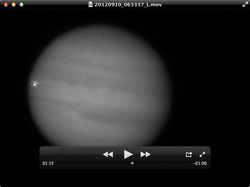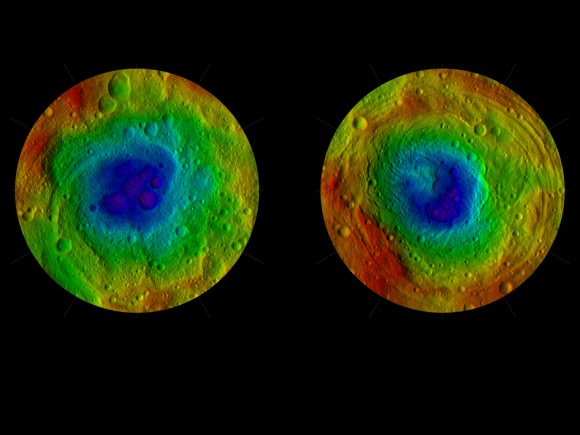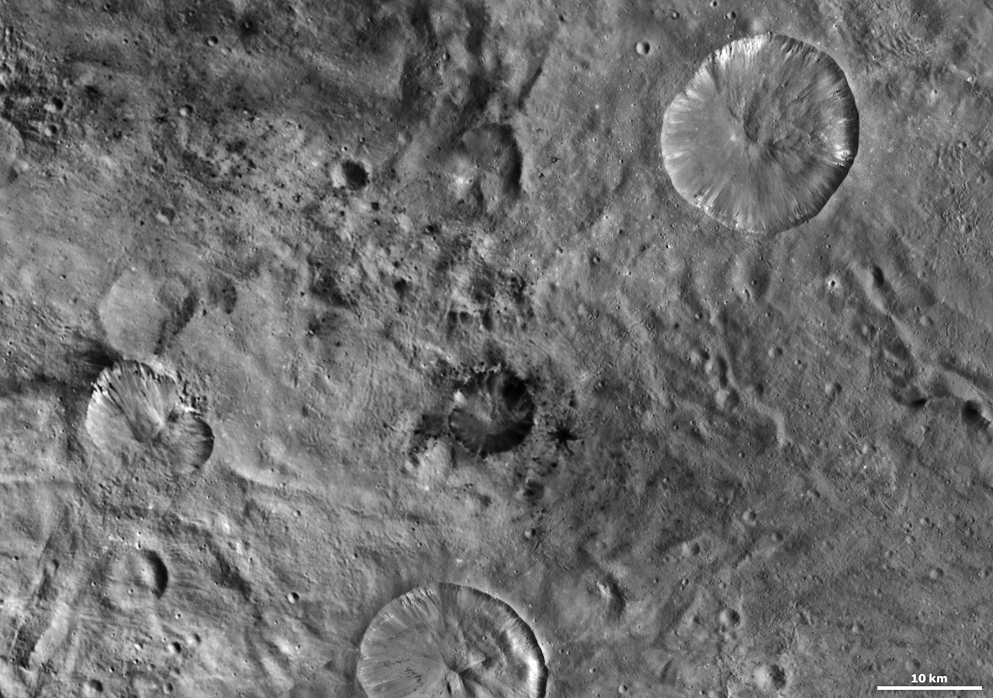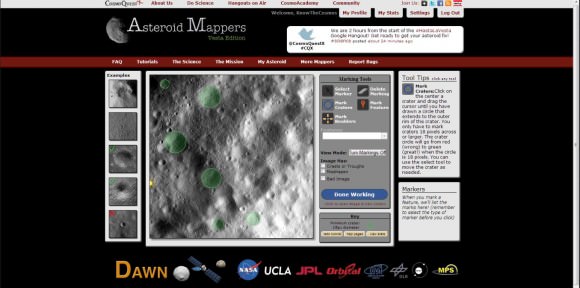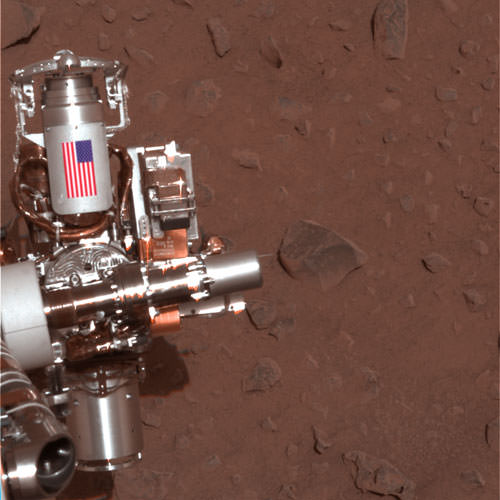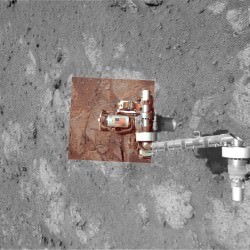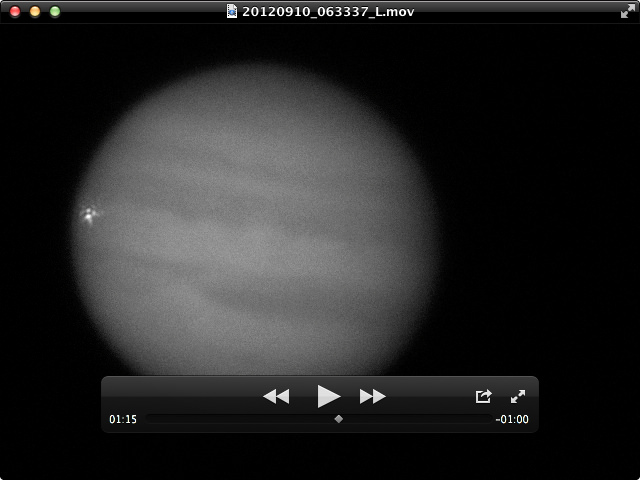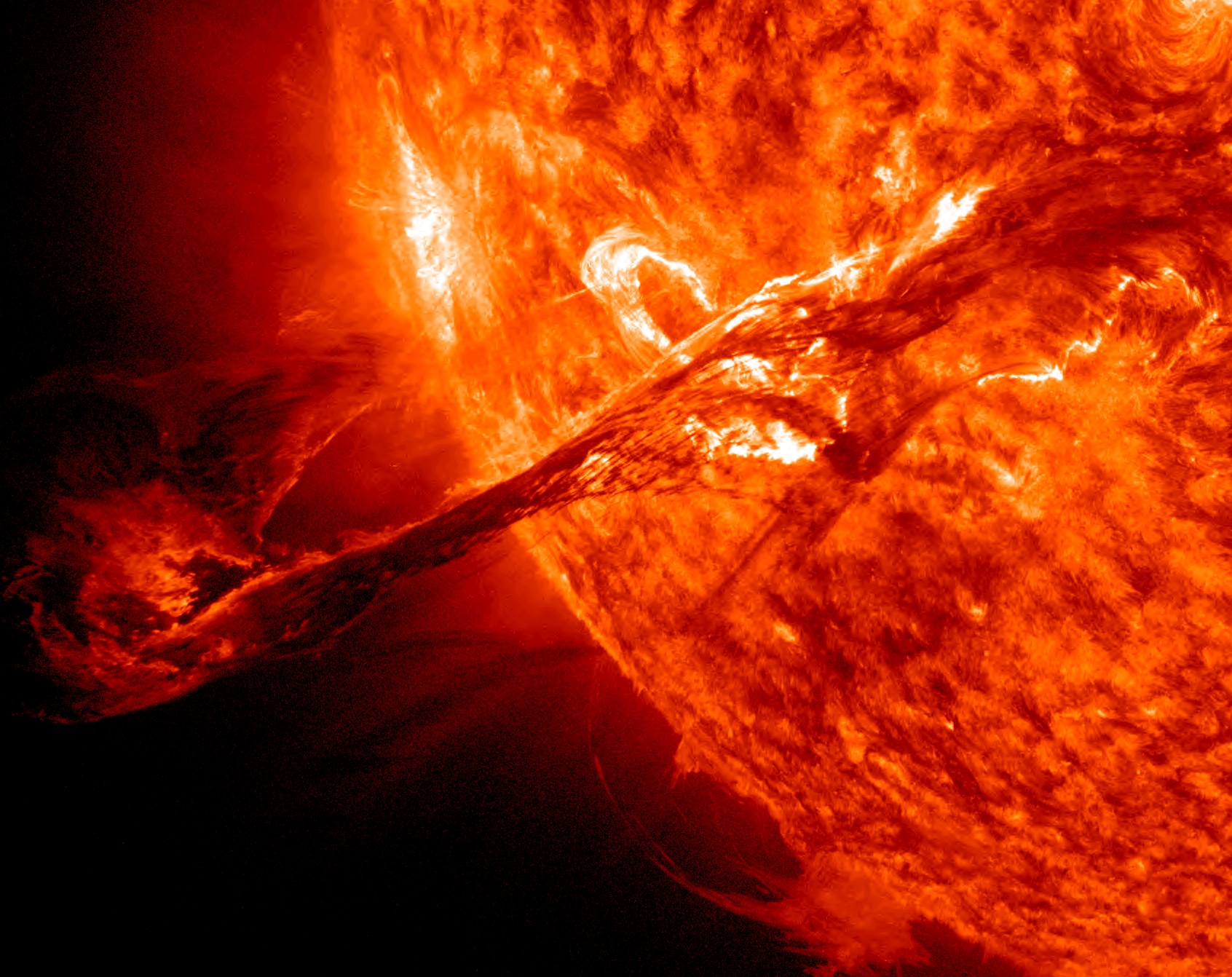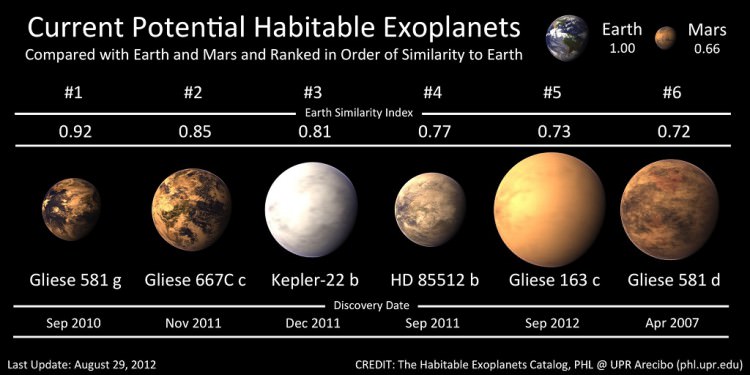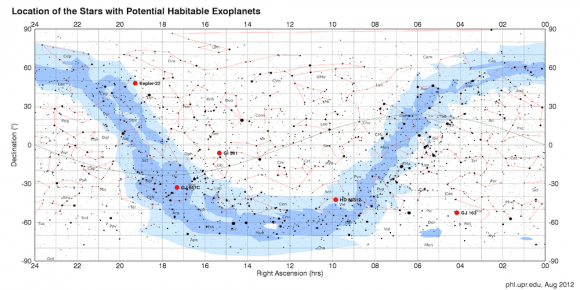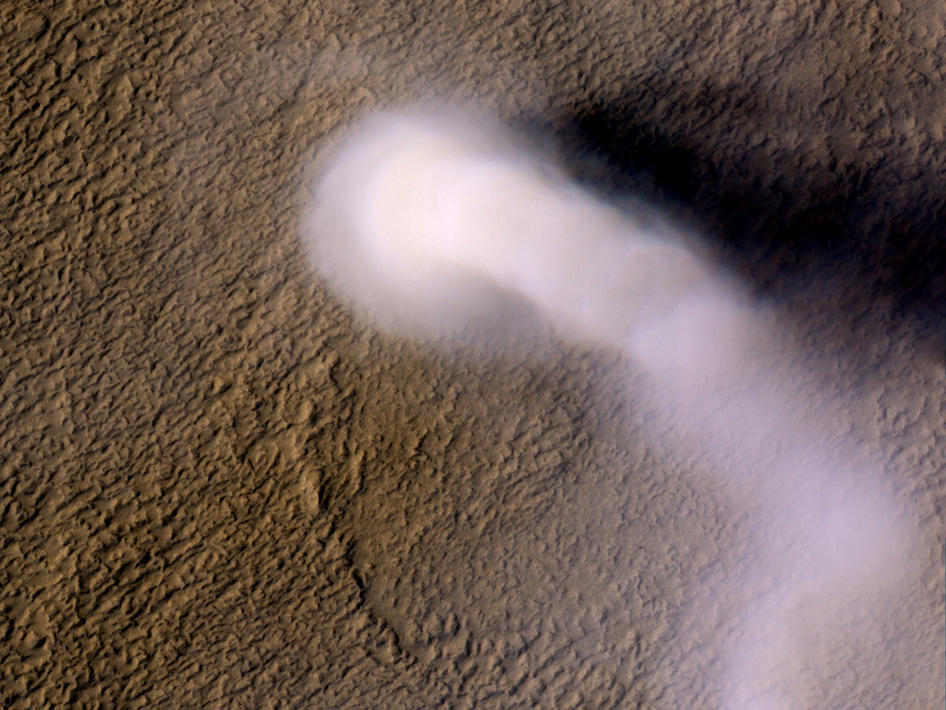[/caption]
Methane on Mars has long perplexed scientists; the short-lived gas has been measured in surprising quantities in Mars’ atmosphere over several seasons, sometimes in fairly large plumes. Scientists have taken this to be evidence of Mars being an ‘active’ planet, either geologically or biologically. But a group of researchers from Mexico have come up with a different – and rather unexpected – source of methane: dust storms and dust devils.
“We propose a new production mechanism for methane based on the effect of electrical discharges over iced surfaces,” reports a paper published in Geophysical Research letters, written by a team led by Arturo Robledo-Martinez from the Universidad Autónoma Metropolitana, Azcapotzalco, Mexico.
“The discharges, caused by electrification of dust devils and sand storms, ionize gaseous CO2 and water molecules and their byproducts recombine to produce methane.”
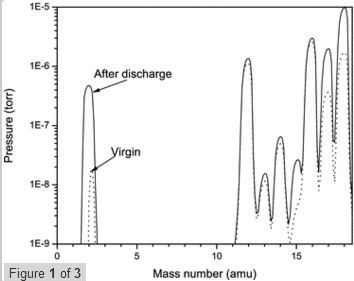
Graph from the paper Electrical discharges as a possible source of methane on Mars: Lab simulation, Geophys. Res. Lett., 39, L17202, doi:10.1029/2012GL053255.
In a laboratory simulation, they showed that that pulsed electrical discharges over ice samples in a synthetic Martian atmosphere produced about 1.41×1016 molecules of methane per joule of applied energy. The results of the electrical discharge experiment were compared with photolysis induced with UV laser radiation and it was found that both produce methane, although the efficiency of photolysis is one-third of that of the discharge.
The scientists don’t rule out that methane may indeed come from other sources as well, but the way that dust devils and storms can quickly form means they can also quickly generate methane. “The present mechanism may be acting in parallel with other proposed sources but its main advantage is that it can generate methane very quickly and thus explain the generation of plumes,” the team writes.
Methane has been observed in Mars’ atmosphere since 1999, but in 2009, scientists studying the atmosphere of Mars over several Martian years with telescopes here on Earth announced they had found three regions of active release of methane over areas that had evidence of ancient ground ice or flowing water.
They observed and mapped multiple plumes of methane on Mars, one of which released about 19,000 metric tons of methane. The plumes were emitted during the warmer seasons — spring and summer — which is also when dust devils tend to form.
Methane on Mars is enticing because it only lasts a few hundred years in Mars’ atmosphere, meaning it has to be continually replaced. And in the back of everyone’s minds has been the possibility of some sort of Martian life producing it.
“Methane is quickly destroyed in the Martian atmosphere in a variety of ways, so our discovery of substantial plumes of methane … indicates some ongoing process is releasing the gas,” said Dr. Michael Mumma of NASA’s Goddard Space Flight Center in Greenbelt, Md in 2009. “At northern mid-summer, methane is released at a rate comparable to that of the massive hydrocarbon seep at Coal Oil Point in Santa Barbara, Calif.”
The researchers in 2009 thought that the methane was being released from Mars’ interior, perhaps because the permafrost blocking cracks and fissures vaporized, allowing methane to seep into the Martian air.
The unknown has been where the methane has been coming from; if it is being released from the interior, it could be produced by either geologic processes such as serpentinization, a simple water/rock reaction or biologic processes of microbes (or something bigger) releasing methane as a waste product.
But if dust devils and dust storms can also produce methane, the mystery becomes a little more mundane.
The new research by the team from Mexico also mentioned fissures in the surface, but for a different reason, saying that the electric field of dust devils is amplified by the topology of the soil: “The electrical field produced by a dust devil can not only overcome the weak dielectric strength of the Martian atmosphere, but also penetrate into cracks on the soil and so reach the ice lying at the bottom, with added strength, due to the topography of the terrain,” the team wrote.
At a concentration of about 10 to 50 parts per billion by volume, methane is still a trace element in the Martian atmosphere, and indeed the sharp variations in its concentration that have been observed have been difficult to explain. Hopefully the research teams can coordinate follow-up observations of methane production during the dust devil and dust storm seasons on Mars.
Read the team’s abstract.
Read our article from 2009 about Mars Methane.

